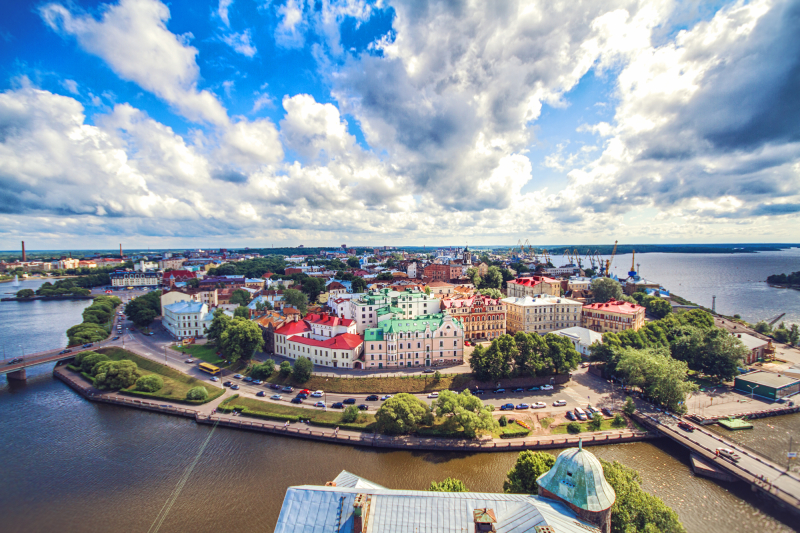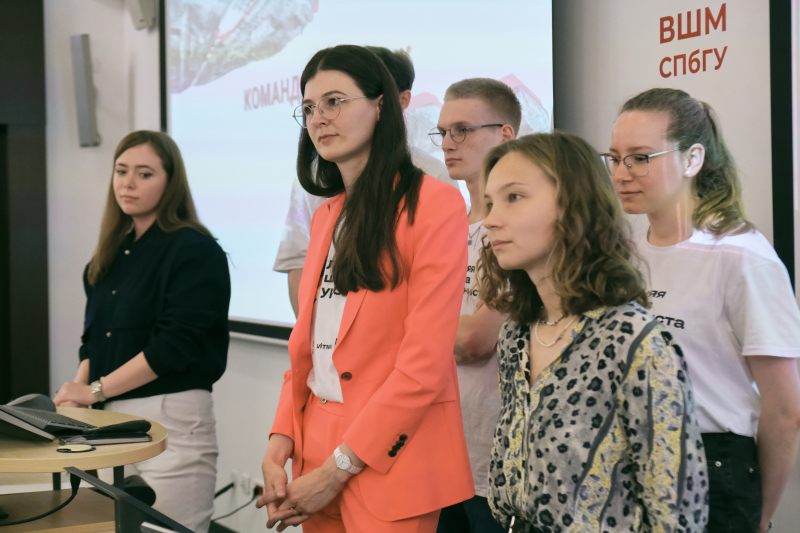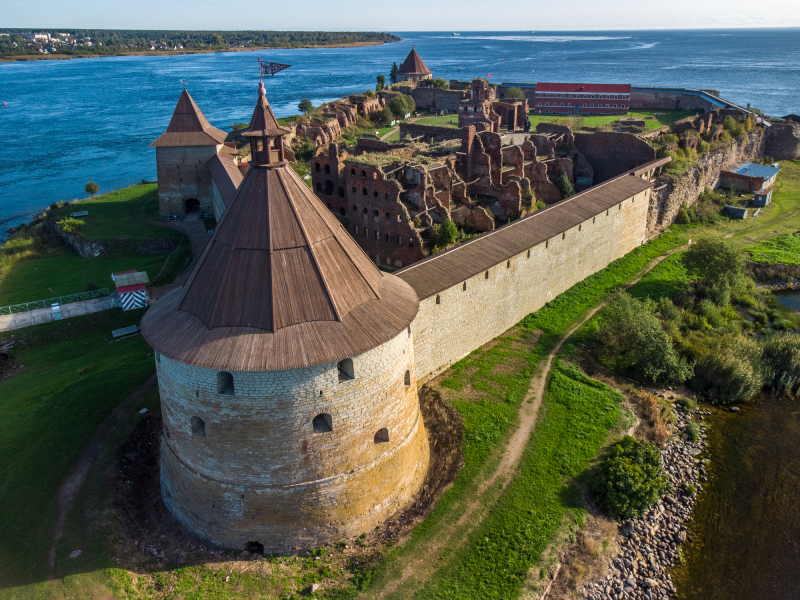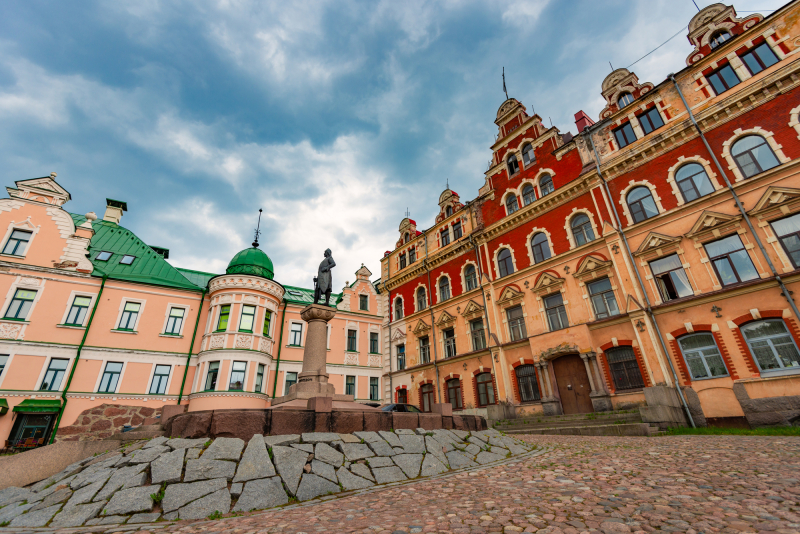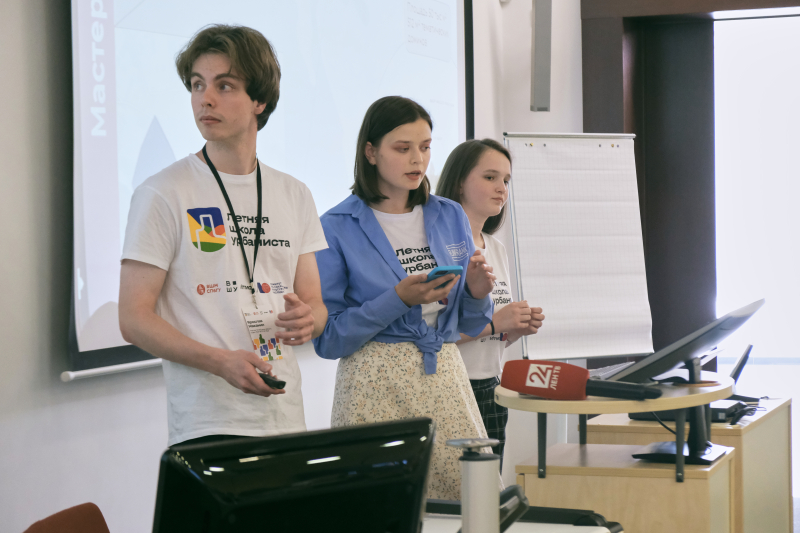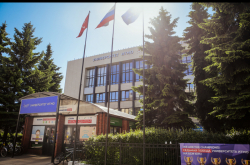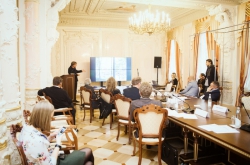Shlisselburg: new opportunities for industrial tourism
One of the student team, comprised of representatives of ITMO’s Institute of Design & Urban Studies, HSE University’s Vysokovsky Graduate School of Urbanism, and SPbSU’s Graduate School of Management, suggested two ways to innovate the urban space of Shlisselburg (a historical town in Leningrad Oblast – Ed.). The first one involves the creation of a new tourist route that features all-time favorite attractions, such as the Ladoga Canal and Petrovsky Bridge, but also new ones, including historical industrial sites. According to the students’ plan, this will make the town popular with industrial tourists, which is an increasingly popular movement in Russia.
The team’s second idea is to introduce an eco-path along the Ladoga Canal, which is considered to be the third-largest project implemented by Peter I after St. Petersburg and Kronstadt. As the canal stretches for 117 km along Lake Ladoga, the students believe that such an eco-path would provide visitors with insights into the history of Shlisselburg, as well as the various localities surrounding the lake.
“Many tourists visit Shlisselburg Fortress but choose not to explore the town itself, even though it has much to offer, including a history museum, historical canals, as well as interesting industrial sites – ripe opportunities for industrial tourism. One of our ideas, an eco-path along the town’s canals, would be a great opportunity to discover the region while building up your fitness. A glamping site at the end of the path would make a great cherry on top. We are certain that Shlisselburg has great potential as a tourist attraction,” shared Iolanta Chomag, a member of the team and a student at SPbSU’s Graduate School of Management.
Vyborg: travel through the eras
One of Vyborg’s calling cards is its rich historical heritage. Here, you can see the only fully preserved medieval castle in western Russia, which now hosts popular festivals and even knight tournaments. Among other attractions are the Starya Ratusha (Old Town Hall) square and the library designed by famed Finnish architect Alvar Aalto.
For this location, students suggested creating a recreational park that would take its visitors, including families with children, through each period of the town’s rich history: from the Middle Ages to modern day. Children would love the special workshops, where they’d learn to brew sbiten, make soap, bake Vyborg’s famous krendels (pretzel-like pastry – Ed.), or create wooden charms. For sports enthusiasts, the park would also feature cycling and hiking routes, as well as a rope course.
“Our analysis of Vyborg has revealed that it’s highly popular for its unique history and mix of cultures, architectural styles, and traditions! Naturally, we wanted to showcase this peculiarity and highlight each historical period. We also believe that adding various activities would complement the historic attractions while keeping them less crowded and potentially drawing new tourist groups,” explained Olga Chubarova, a second-year Master’s student at ITMO’s Institute of Design & Urban Studies.
Explore Staraya Ladoga and more
According to chronicles (or letopisi), Staraya Ladoga was the first seat of the legendary Russian ruler Rurik. Today, it remains a highly significant location, housing, for instance, an ancient fortress and a 12th-century church.
Students who developed projects for the region suggested embellishing the existing tourist routes with new attractions, such as a merchant tea house, activities in the town’s park, and the restored residence of a Soviet writer. This will offer visitors a richer perspective of the town.
The teams who suggested projects about Staraya Ladoga. Photo courtesy of the school's organizers
According to another student team, Staraya Ladoga can become the starting point of two nation-wide tourist routes that would follow trade routes of the 8th-10th centuries, featuring such cities as Smolensk, Novgorod, Yaroslavl, Kazan, and others. Focusing on the region’s nature and history, the team suggested making an eco-path and offering themed activities for visiting kids.
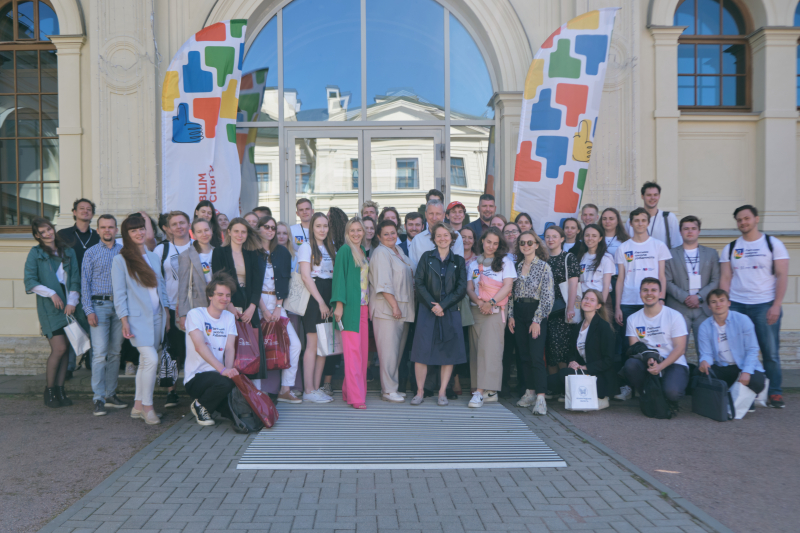
Participants and organizers of the school. Photo courtesy of the school's organizers
About the summer school
The Summer School in Urban Studies was held with support from the Leningrad Oblast’s Cultural Heritage Preservation Committee. Participating students had the task of developing projects that would attract new tourists to the three towns. These particular locations were chosen because this year marks the anniversaries of their foundation: 700th – for Shlisselburg, 730th – for Vyborg, and 1270th – for Staraya Ladoga.
Over three weeks, 36 students from three universities attended lectures by experts in the field. Some of the topics covered were urban research with spatial data, the use of marketing in tourism, and strategies for urban social and economic development. In the final week of the school, students developed their own projects for one of the participating regions using field studies and surveys.
After the projects were presented, members of the Cultural Heritage Preservation Committee chose the best ones; soon, the student teams will work with local authorities to finalize their proposals and then implement them into the tourist development concepts of each town.
